Fashion: An Introduction
Fashion is the art of dressing up and accessorizing in a way that reflects one's personality, lifestyle, and cultural background. It is a form of self-expression that has been around for centuries and has evolved over time. From the elaborate costumes of the Elizabethan era to the minimalist styles of the 21st century, fashion has always been a reflection of the times.
Fashion has always been a way to express oneself, but it has also been a way to identify with a certain social group or status. The way we dress says a lot about who we are, and it can either reinforce or challenge the status quo. In this blog post, we will explore the history of fashion, its role in society, and its impact on culture.
The History of Fashion
Fashion has a long and fascinating history that dates back to ancient times. Clothing has always been a necessity, but it has also been a way to express oneself and to distinguish oneself from others. In ancient Egypt, for example, clothing was a symbol of social status, and the wealthy would wear intricate garments made from fine fabrics such as linen and silk.
In medieval Europe, clothing was a reflection of one's social class and occupation. The wealthy wore expensive fabrics such as velvet and silk, while the poor wore rougher fabrics such as wool and linen. The clothing of the nobility was often elaborate and decorated with jewels and embroidery.
During the Renaissance, fashion became more elaborate and ornate. Men wore doublets and breeches, while women wore corsets and voluminous skirts. The clothing of this era was designed to showcase wealth and status.
In the 18th century, fashion became even more extravagant. Women wore dresses with hoops and petticoats that required several layers of fabric, while men wore wigs and high heels. This era also saw the rise of fashion designers, who created clothing for the wealthy and the aristocracy.
The 19th century saw the rise of the middle class, and fashion became more accessible to a wider range of people. Clothing became simpler and more practical, and new fabrics such as cotton and wool were introduced. The Victorian era saw the rise of the bustle, a device worn under women's dresses to give them a fuller shape.
The 20th century saw the emergence of new styles and trends, including the flapper style of the 1920s, the Hollywood glamour of the 1930s and 1940s, and the youth culture of the 1960s and 1970s. In the 1980s, fashion became more colorful and exaggerated, with shoulder pads and bold prints.
Today, fashion is more diverse than ever before. From haute couture to streetwear, there is a style for everyone. Fashion designers are pushing boundaries and creating new trends, while consumers are expressing themselves through their clothing choices.
The Role of Fashion in Society
Fashion has always played an important role in society. It reflects our values, our beliefs, and our cultural background. It can be used to express oneself, to identify with a certain social group, or to challenge the status quo.
Fashion is also a form of social signaling. The way we dress communicates our social status, our occupation, and our level of education. In many cultures, clothing is a symbol of respect and can be used to show deference to authority figures.
Fashion also plays a role in the economy. The fashion industry is a major contributor to many countries' economies, generating billions of dollars in revenue each year. It provides employment for designers, manufacturers, and retailers, and it drives innovation in textiles and manufacturing techniques.
However, the fashion industry also has a negative impact on the environment. The production of textiles requires large amounts of water and energy, and the use of chemicals in dyeing and finishing can pollute the environment. The fast fashion industry, in particular, has come under scrutiny for its contribution to the culture of disposable clothing, which has led to significant waste and pollution.
Fashion also has a social impact. It can reinforce social norms and expectations, or it can challenge them. For example, in many cultures, women are expected to dress modestly, while men are expected to dress in a certain way to convey authority and power. Fashion can be used to subvert these norms, however, and to challenge gender and other social stereotypes.
The Impact of Fashion on Culture
Fashion has a profound impact on culture. It reflects our values and beliefs, and it influences the way we think and act. It can shape our perceptions of beauty and attractiveness, and it can also shape our attitudes towards social and political issues.
One example of fashion's impact on culture is the body positivity movement. In recent years, there has been a growing movement to challenge traditional beauty standards and to embrace diversity and inclusivity in fashion. This movement has led to a shift in the fashion industry towards more inclusive sizing and the use of models of different body types.
Fashion has also played a role in political and social movements. The punk movement of the 1970s, for example, used fashion as a form of rebellion against mainstream culture and social norms. The wearing of ripped clothing, leather jackets, and safety pins became a symbol of punk culture and its rejection of conformity.
Similarly, the Black Lives Matter movement has influenced fashion, with many designers incorporating references to African American culture into their designs. This has led to a greater representation of black models and designers in the fashion industry and a broader acceptance of black culture in mainstream fashion.
Fashion also plays a role in cultural appropriation, however. Cultural appropriation occurs when elements of one culture are taken and used by another culture without respect for their cultural significance. This can be seen in the use of Native American headdresses and African tribal prints in fashion, which can be seen as disrespectful and insensitive.
Conclusion
Fashion is an art form that has evolved over centuries and continues to shape our culture today. It reflects our values, beliefs, and cultural background, and it can be used to express oneself, to identify with a certain social group, or to challenge the status quo. Fashion plays an important role in society, reflecting our social norms and expectations and contributing to the economy. However, the fashion industry also has a negative impact on the environment and can perpetuate harmful stereotypes and cultural appropriation. As consumers, it is important to be aware of the impact of our clothing choices and to support ethical and sustainable fashion practices.


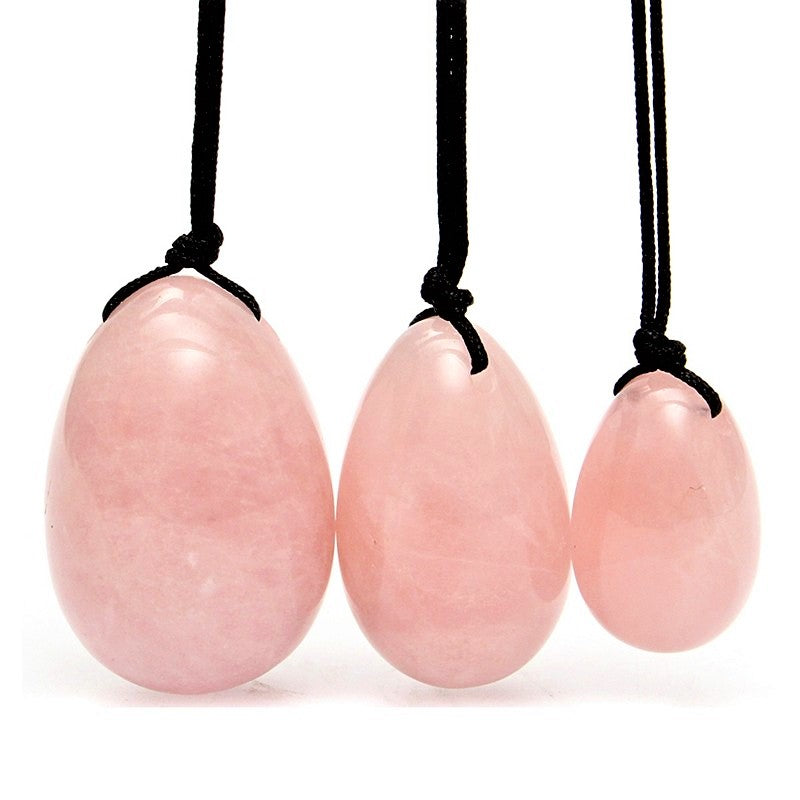
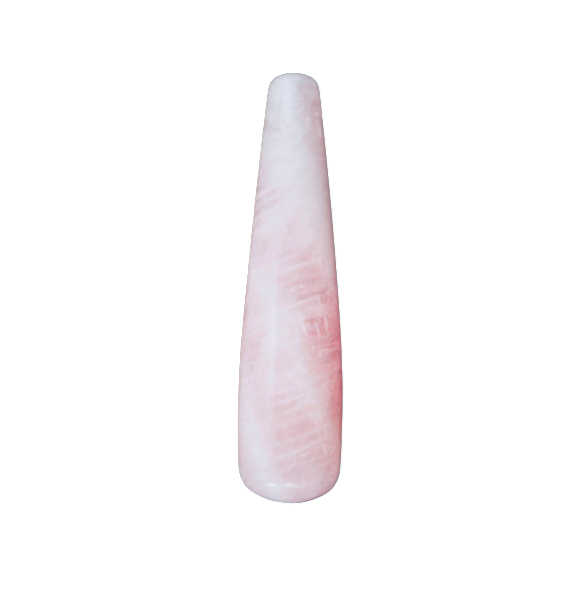

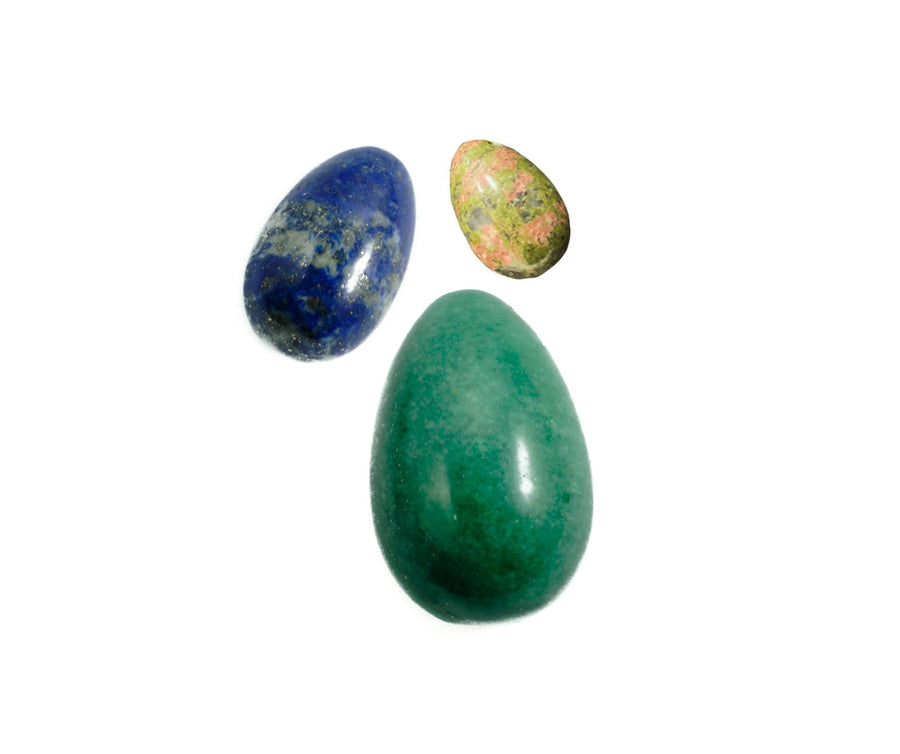
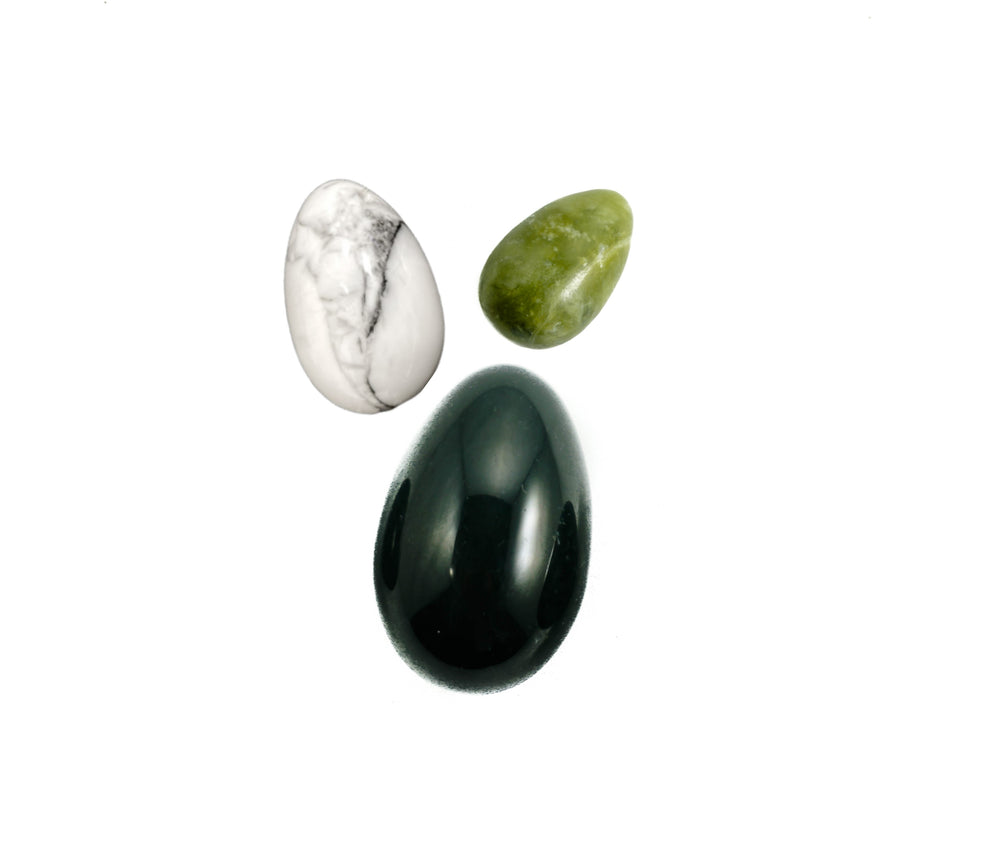
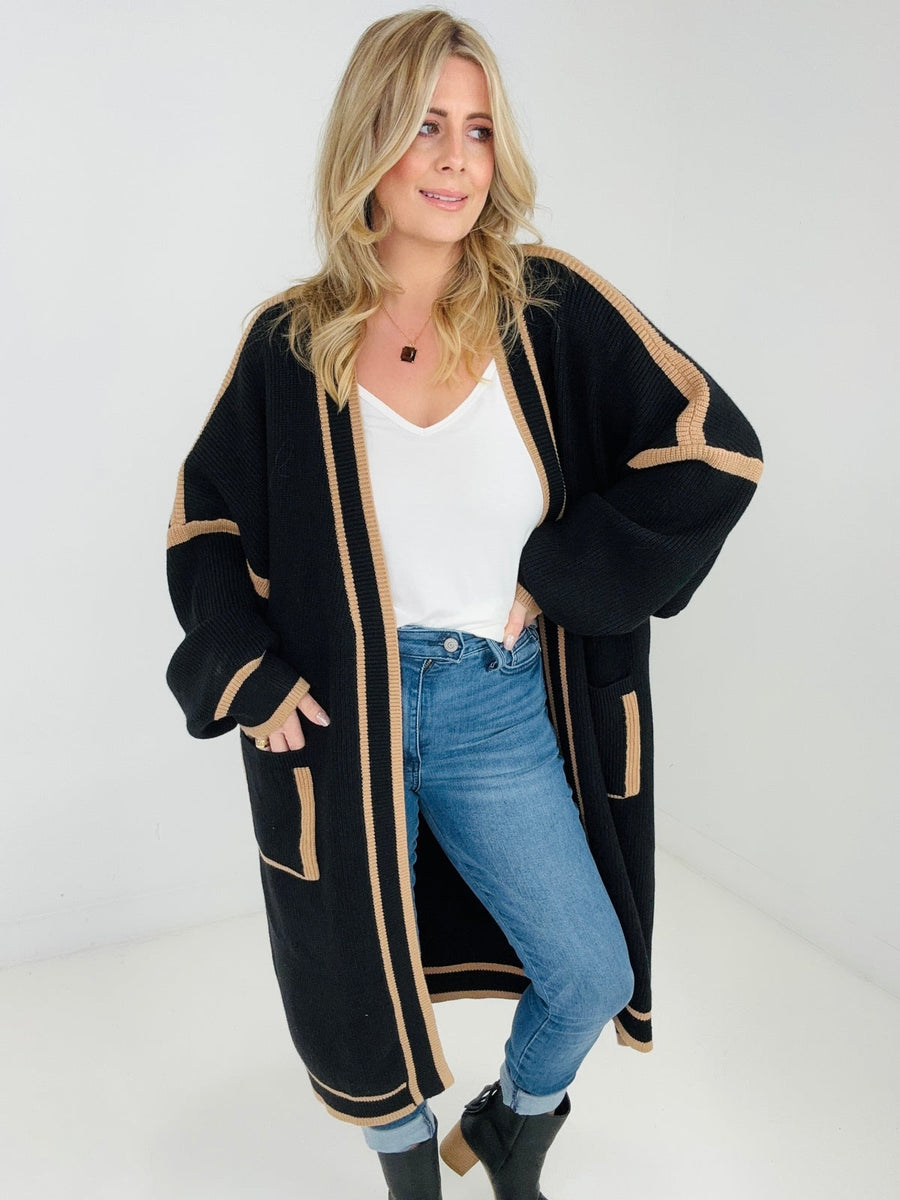
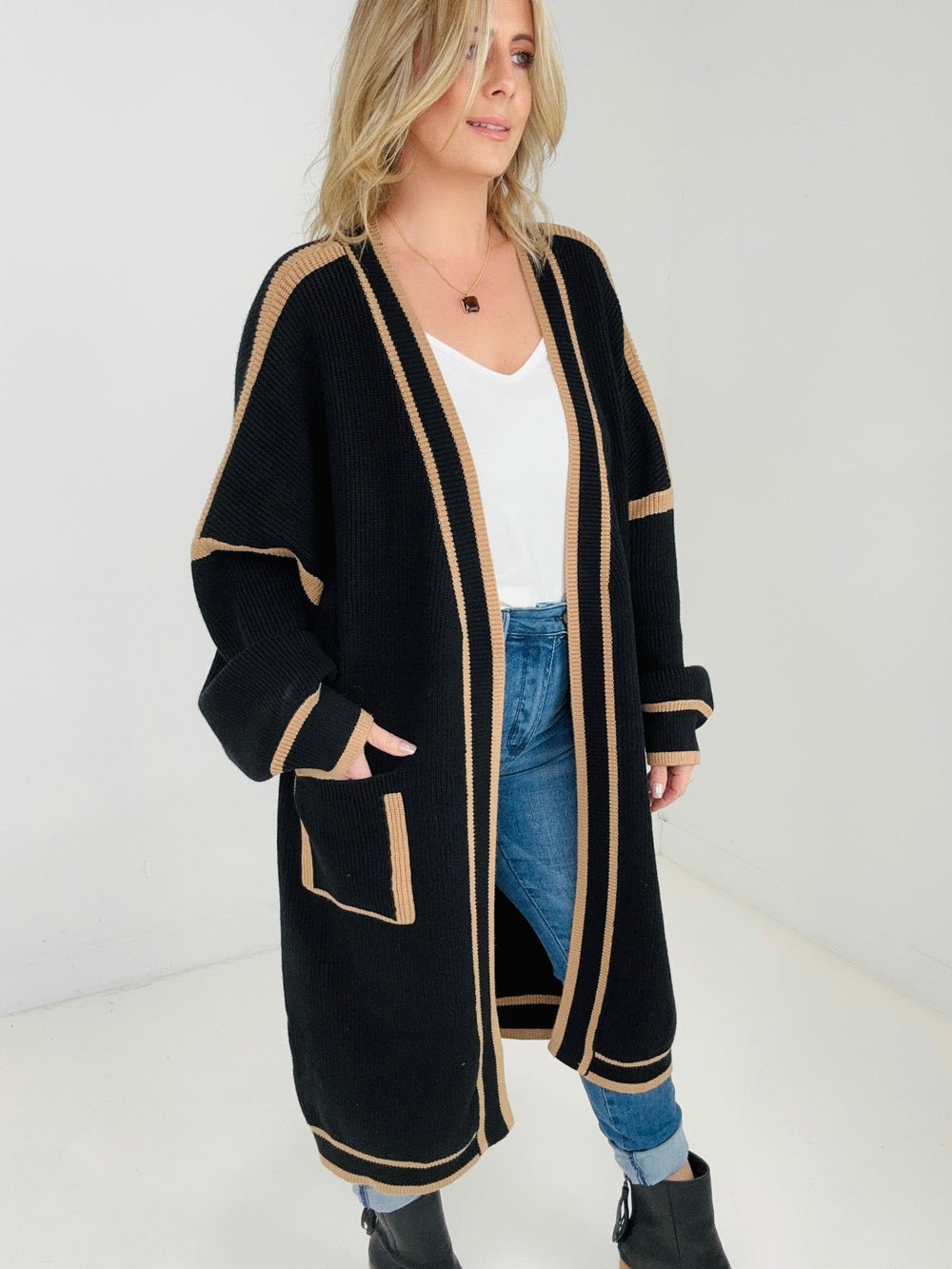
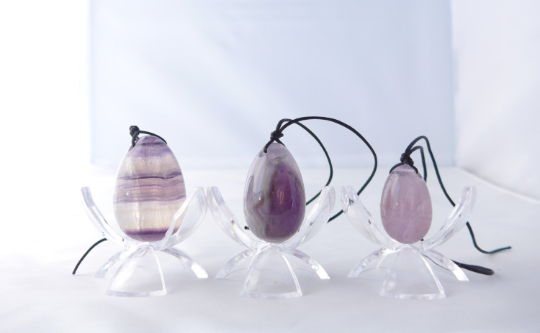
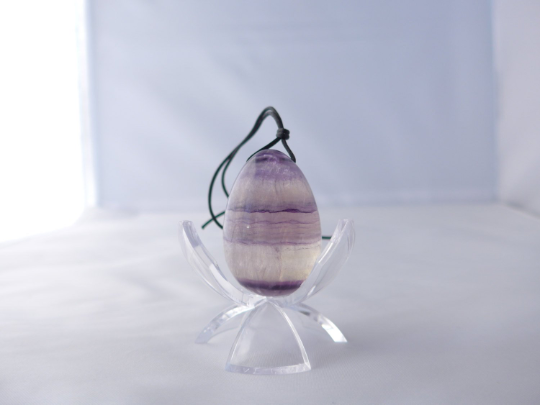
Leave a comment